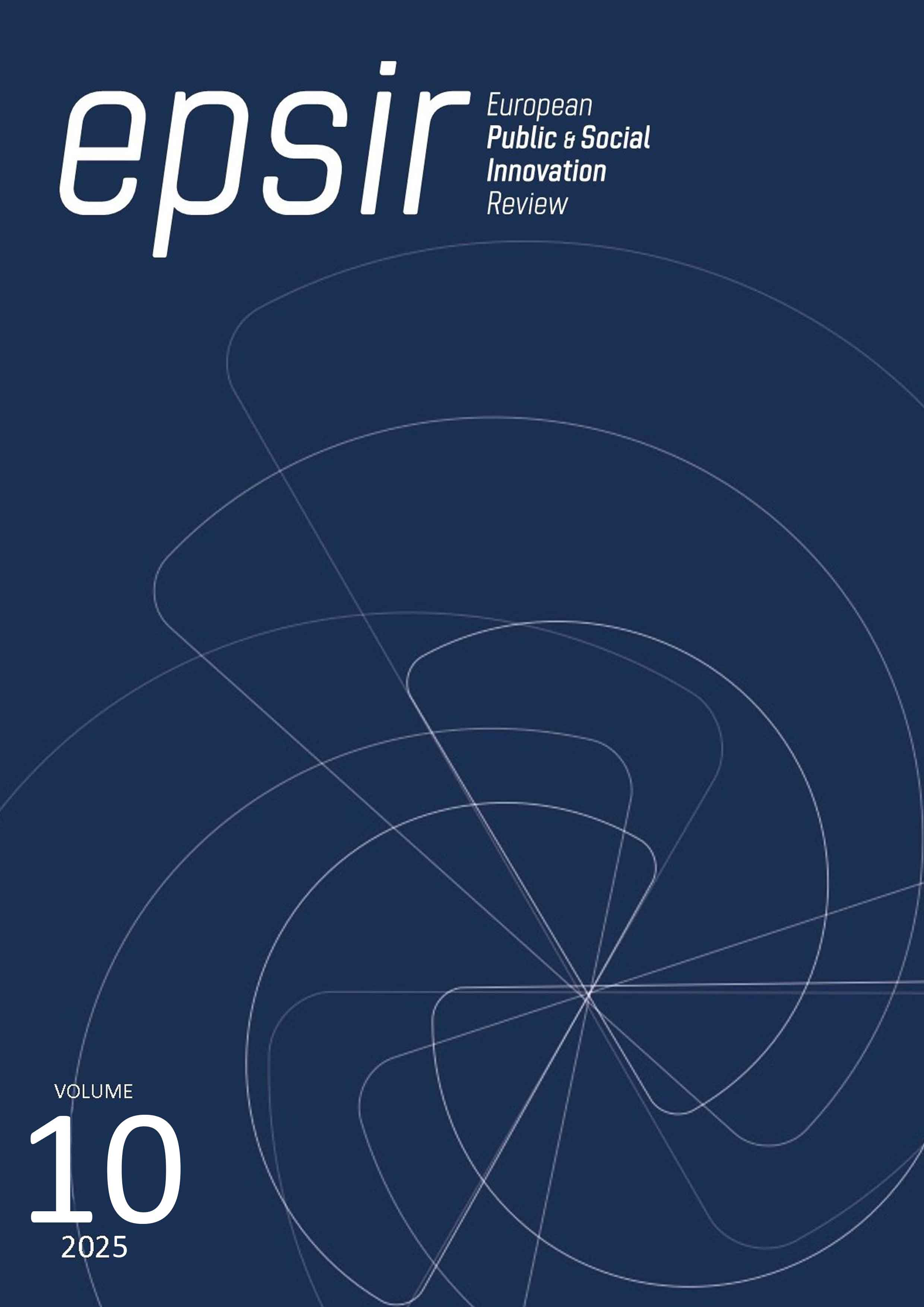Aumento de porcentajes de eficiencia en e-sports mediante la aplicación de un entrenamiento bifásico
DOI:
https://doi.org/10.31637/epsir-2025-1945Parole chiave:
e-sports, Modelo bifásico, Porcentajes de eficiencia, Direcciones Condicionantes del Rendimiento, Direcciones Determinantes del Rendimiento, Velocidad de Reacción Compleja, La Comunidad del Amiibo, Super Smash Bros. UltimateAbstract
Introducción: Esta investigación propuso aplicar el modelo bifásico en cinco competidores de electronic sports (e-sports) de La Comunidad del Amiibo (LCA) en Querétaro, comparando los resultados con los de un grupo control. El estudio subraya la importancia de planificar entrenamientos en este deporte emergente. Metodología: El objetivo principal fue observar si la aplicación de una planificación bifásica, que desarrolla las Direcciones Condicionantes y Determinantes del Rendimiento, disminuiría el sedentarismo y aumentaría la eficiencia de los competidores. Se analizaron partidas jugadas por ambos grupos durante competencias fundamentales. Se emplearon instrumentos como el Test de Cooper y el Test de Estado Psicológico (TEP), entre otros. Resultados: Se planificaron los volúmenes e intensidades del entrenamiento de forma individualizada y se aplicaron técnicas de motivación, relajación, concentración y activación para mantener un estado psicológico saludable. Los resultados mostraron una mejora cuantificable en el rendimiento. Conclusiones: El estudio da un primer paso para generar conocimiento científico sobre el entrenamiento en e-sports, destacando la importancia del ejercicio para mejorar el rendimiento en los competidores.
Downloads
Riferimenti bibliografici
Al-Maatooq, E. (13 de enero de 2019). Art of Smash Ultimate: Master – Part 4 [Archivo de Video]. Youtube. https://www.youtube.com/watch?v=TVtAwIpeQ7k
Bompa, T. O. y Haff, G. G. (2009) Periodization: Theory and Methodology of Training 5th Edition. Human Kinetics.
Buceta, J. M. (2007). EL INSTRUMENTO TEP. [Archivo PDF]. https://palestraweb.com/documents/TEP.pdf
Chauvet, M. V. (2007). Comparación de tests: Cooper y Rockport. Revista Internacional de Medicina y Ciencias de la Actividad Física y el Deporte, 4(14), 144-162 http://cdeporte.rediris.es/revista/revista14/artcompara.htm
Dosil, J. (2004). Psicología de la actividad física y del deporte. McGraw Hill.
Gómez, P. E. y De Lucio, V. (2007) Modelo bifásico de planificación del entrenamiento deportivo. EFDeportes, 108. https://bit.ly/46xSaEx
Gómez, P. E. (25 de agosto de 2020) Bases Metodológicas del Modelo Bifásico de Planificación. [MOOC]. Facebook. https://www.facebook.com/327058601048016/videos/338283620633521/
Gustafsson, H. Madigan, D. J. y Lundkvist, E. (2018) Burnout in Athlethes. En R. Fuchs y M. Gerber (Eds.) Handbuch Stressregulation und Sport. Springer Reference Psychologie.
https://doi.org/10.1007/978-3-662-49322-9_24 DOI: https://doi.org/10.1007/978-3-662-49322-9_24
Blázquez, M. (2024) Oficial: Los Juegos Olímpicos de Esports ya son una realidad tras la aprobación del COI. MARCA. https://bit.ly/4d1h3uS
Kao, S. C. et al. (2017). Comparison of the acute effects of high-intensity interval training and continuous aerobic walking on inhibitory control. Psychophysiology, 54(9). 1335-1345. https://doi.org/10.1111/psyp.12889 DOI: https://doi.org/10.1111/psyp.12889
Kenney, W. L. (2020). Physiology of Sport and Exercise Seventh Edition. Human Kinetics.
Nagorsky, E. y Wiemeyer, J. (2020). The structure of performance and training in e-sports. PLOS ONE, 15(8) https://doi.org/10.1371/journal.pone.0237584 DOI: https://doi.org/10.1371/journal.pone.0237584
Reigal, R., Barrero, S., Martín, I., Morales-Sánchez, V., Juárez-Ruiz de Mier, R. y Hernández-Mendo, A. (2019) Relationships Between Reaction Time, Selective Attention, Physical Activity, and Physical Fitness in Children. Frontiers in Psychology. https://doi.org/10.3389/fpsyg.2019.02278 DOI: https://doi.org/10.3389/fpsyg.2019.02278
Salo, M. (2021). Career Transitions of eSports Athletes: A Proposal for a Research Framework. En I. Management Association (Eds.), Research Anthology on Business Strategies, Health Factors, and Ethical Implications in Sports and eSports. IGI Global. http://doi:10.4018/978-1-7998-7707-3.ch027 DOI: https://doi.org/10.4018/978-1-7998-7707-3.ch027
Vasil, S. (2018). General Definition of the Concept Sports. J Phy Fit Treatment & Sports, 4(4). https://doi.org/10.19080/JPFMTS.2018.04.555644 DOI: https://doi.org/10.19080/JPFMTS.2018.04.555644
Downloads
Pubblicato
Come citare
Fascicolo
Sezione
Licenza
Copyright (c) 2025 Rafael Mercado Cervera, Liliana Velázquez Ugalde

Questo lavoro è fornito con la licenza Creative Commons Attribuzione - Non commerciale - Non opere derivate 4.0 Internazionale.
Authors who publish with this journal agree to the following terms:- Authors retain copyright and grant the journal right of first publication with the work simultaneously licensed under Creative Commons Non Commercial, No Derivatives Attribution 4.0. International (CC BY-NC-ND 4.0.), that allows others to share the work with an acknowledgement of the work's authorship and initial publication in this journal.
- Authors are able to enter into separate, additional contractual arrangements for the non-exclusive distribution of the journal's published version of the work (e.g., post it to an institutional repository or publish it in a book), with an acknowledgement of its initial publication in this journal.
- Authors are permitted and encouraged to post their work online (e.g., in institutional repositories or on their website) prior to and during the submission process, as it can lead to productive exchanges, as well as earlier and greater citation of published work (See The Effect of Open Access).



